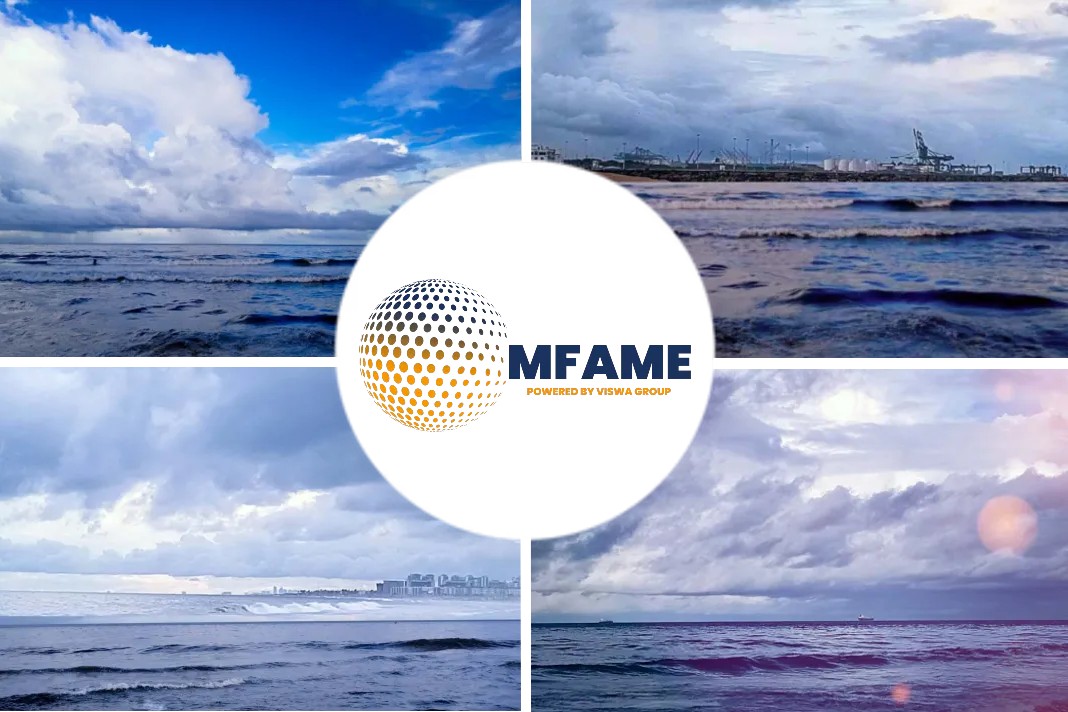A two-tier market within the container shipping sector is opening up as spot rates in key trades collapse. Carriers that focused on quoting spot rates are seeing their revenue fall, while those that preferred to negotiate long-term contracts are maintaining their income, reports The Loadstar.
Plummeting revenue
Shipbroker and consultancy Alphaliner said spot-focused carriers like HMM and Zim had seen their average revenue fall 9% and 7%, respectively, to $3,387 and $3,596/teu.
It explained: “As long as contract rates remain intact, the industry is likely to see a widening two-tier market,” adding that the key question now was whether these long-term contracts are legally enforceable, or indexed so that contract prices move with the spot rate.
James Hookham, a director at the Global Shippers Forum, told The Loadstar: “In the past, the technique used by shippers was to not commit all their volumes to contracts.”
However, that was pre-covid methodology that has changed and, with shippers being warned at the beginning of the year that high spot rates could last for 30 months, encouraged shippers to agree contracts. At the beginning of the year interest rates were rising and the slump in demand gathering pace, and the GSF was warning members to consider these macro-economic factors.
Had shippers included an element of indexing contract rates to the spot market?
Mr Hookham said they had not and added: “It will be interesting to see whether shippers will pay the very high rates seen at the beginning of the year. There is not a lot of case law in this area.”
As carrier fortunes start to diverge as a result of the slump in spot rates on the key Asia-Europe and Pacific trades, Alphaliner says their operating margins will be the key indicator of their differing fortunes.
Operating margins measure the profit on sales after costs, such as wages and bunker fuels, but before paying interest and tax, and are calculated by dividing a operating income by net sales.
According to Alphaliner, seven of the top ten carriers saw their operating margins fall with the fall in the spot market and a substantial increase in costs, mainly fuel. Only Cosco, Evergreen and Maersk saw an improvement in operating margins in Q2 this year, compared with Q1 – calculated on the shipping business only.
Decline in Q2
Overall, carriers saw a decline in Q2 margins, to 56.3%, compared with 57.4% in Q1. Wan Hai and Zim recorded the biggest drop, from more than 60% to the low 50%s, according to Alphaliner.
However, said the consultant: “Despite the widespread fall in margins, the majority of carriers reported higher (or even record) quarter-on-quarter operating profits (ebit) in the second quarter.”
Chief among those were Maersk, Hapag-Lloyd, CMA CGM, Cosco, Evergreen and ONE. And Maersk, Hapag-Lloyd and ONE all increased their average revenue per container by 9%, 5% and 3%, respectively. In contrast, spot players HMM and Zim saw revenue per teu fall 9% and 7%.
Moreover, according to the brokers weekly report: “Evergreen has racked up record profits after benefiting from the timely delivery of tonnage, which has enabled it to expand during a period of high rates without needing to charter-in expensive tonnage.”
That is compared with CMA CGM, whose costs, including port, bunkers and chartering, increased 22% in the second quarter.
Did you subscribe to our daily Newsletter?
It’s Free! Click here to Subscribe
Source: The Loadstar

















